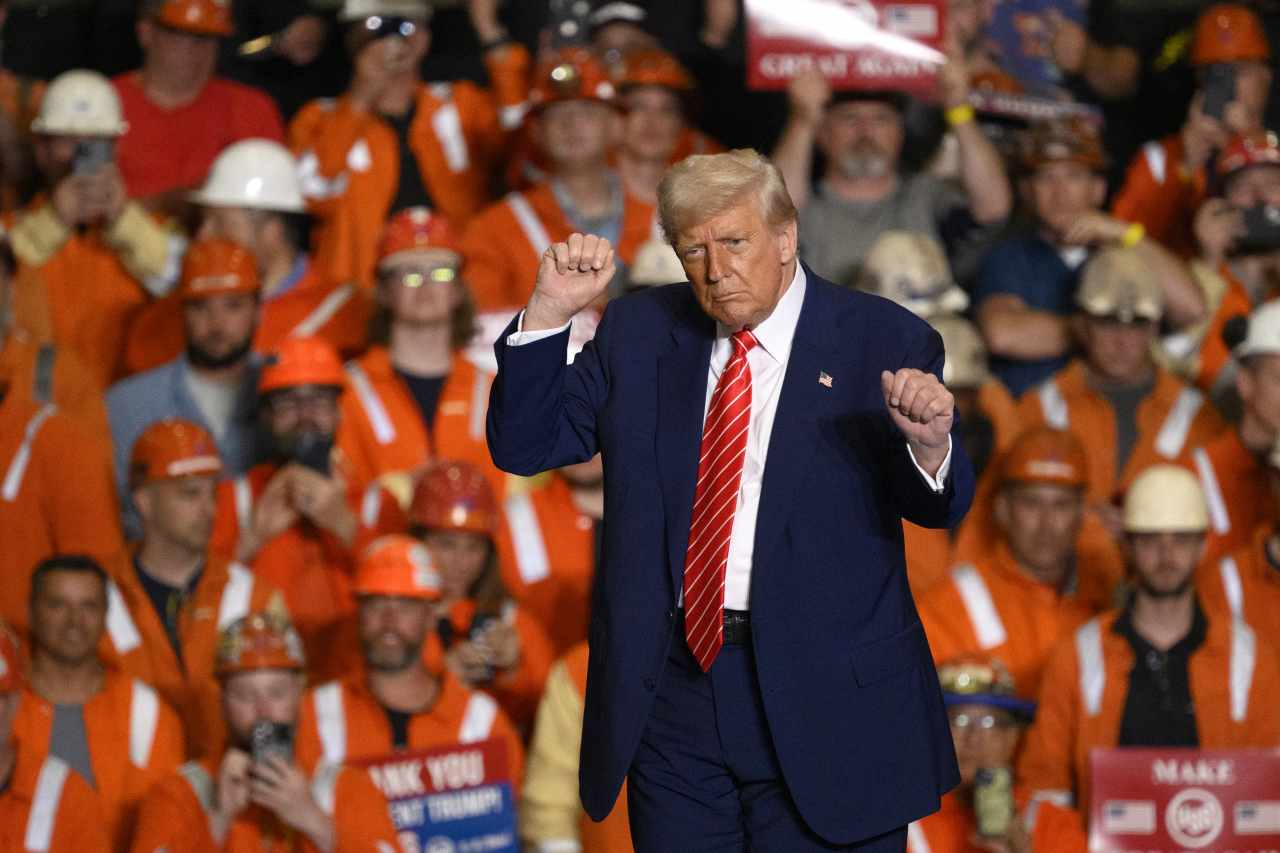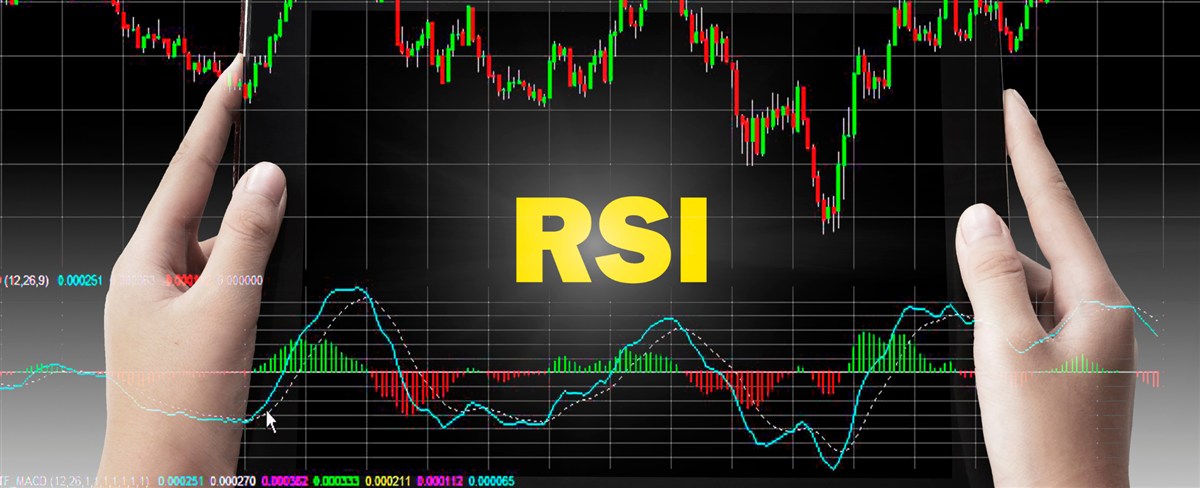By Jorge Otaola
BUENOS AIRES (Reuters) – The question on every trader’s lips in Argentina: How much will the peso be worth on Monday morning?
The long-suffering currency will start on a new exchange rate regime on Monday after the government dismantled large parts of the country’s years-long capital controls, putting the peso on a far wider trading band than its previous fixed peg.
The peso will now be allowed to float freely within a gradually expanding band between 1,000-1,400 pesos per dollar. It closed at 1,074 per dollar on Friday, with parallel markets at 1,355. The official exchange rate was previously on a crawling peg, only allowed to depreciate 1% each month.
Traders consulted by Reuters over the weekend said the peso should open between 1,250 and 1,350 pesos, which would signify a near 20% drop versus the previous close, despite the government avoiding calling it a devaluation.
The peso exchange rate “will surely head toward the upper end of the (floating) band, and that’s where exporters will appear,” said economist Damián Di Pace. “Monday’s exchange rate won’t be the one that will remain on the trading boards for long.”
The unexpected and sudden exchange rate shift marked the end of some six years of tough capital controls put in place to stall a sharp slide in foreign currency reserves, which remain in net negative territory.
However, Argentina sealed a $20 billion loan deal with the International Monetary Fund on Friday, along with other big loans from international lenders, which will bolster the central bank’s balance sheet and was key to unlocking the controls.
The removal of the controls, which jammed up investments by making it hard to send profits overseas, ends a key market distortion investors and businesses have long pushed for and that libertarian President Javier Milei had pledged to unravel.
DOLLAR BUILD-UP
Buenos Aires-based analyst Salvador di Stefano said that the government would try to push the dollar towards the lower end of the band at 1,000 as it tries to build up dollar reserves. Its IMF agreement has reserve accumulation targets.
“I think we’re going to have a very significant supply of dollars, due to seasonal export issues,” Stefano said, referring to the coming harvest of main cash crop soybeans.
Economist Maria Castiglioni said that easing the so-called “cepo” currency controls was a return to “normalcy”.
“It means trying to regain confidence in one’s own currency,” she said, adding the size and speed of the international loans were favorable. “The amount of aid from international organizations is surprising, as it is much more than expected.”














